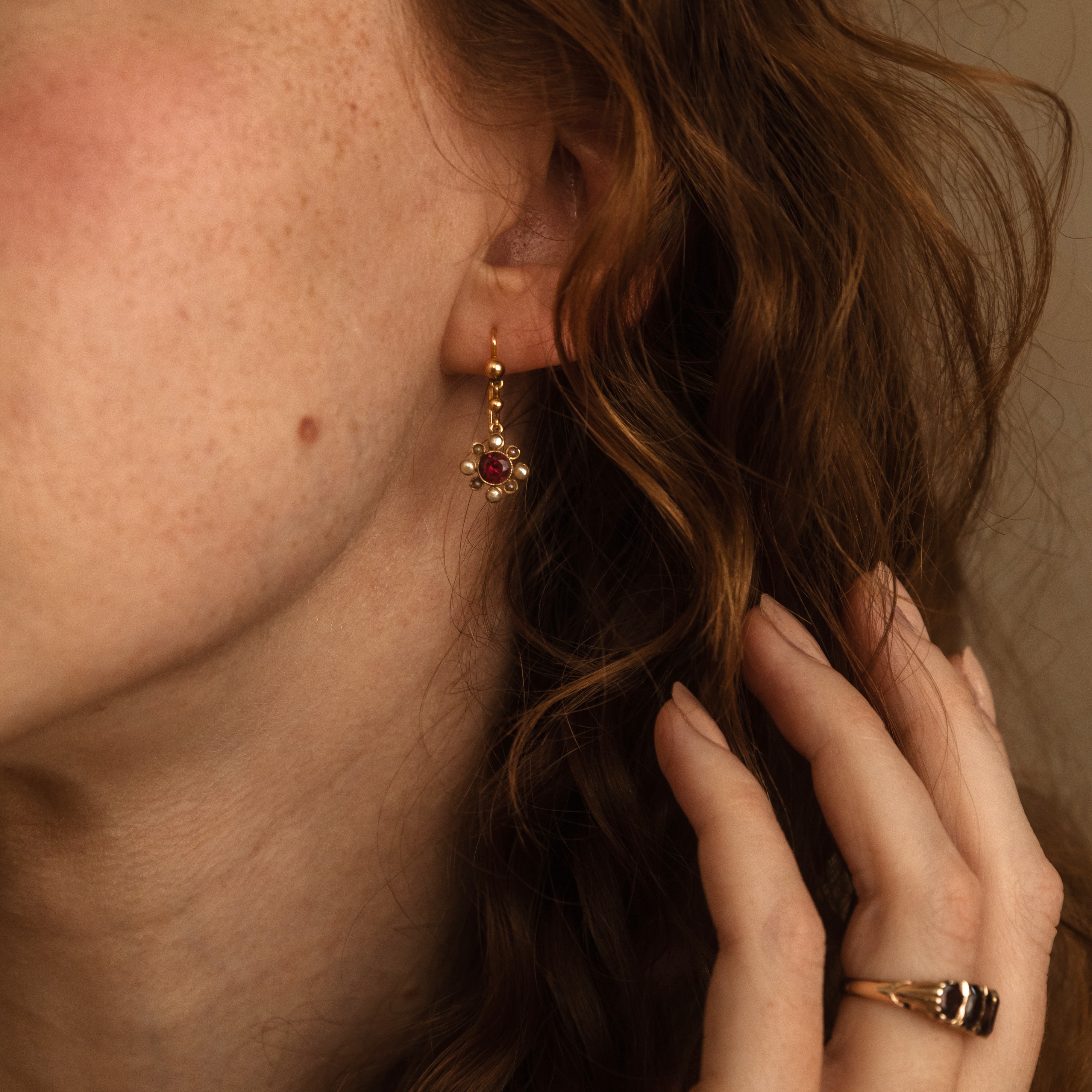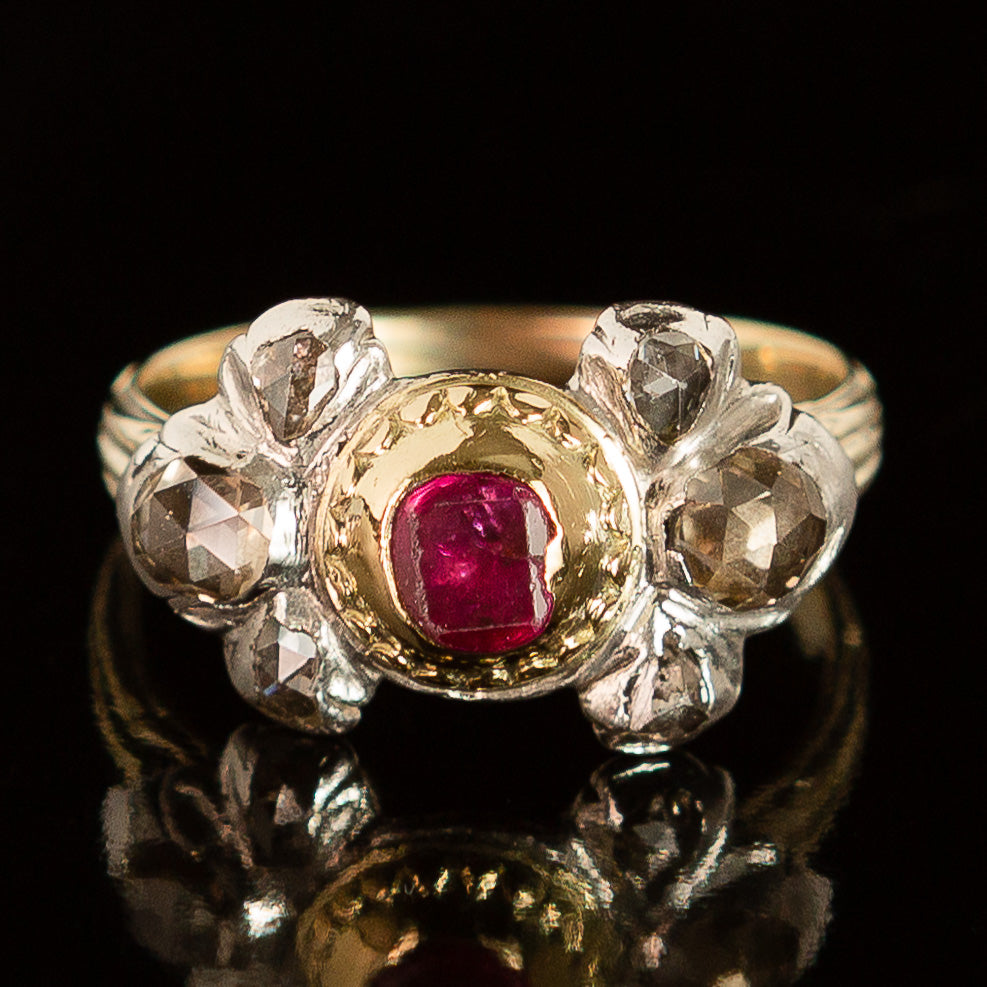Garnet - a fascinating gemstone, known for its deep red color and historical significance, is the birthstone of January. In this blog post, we will delve into the captivating world of garnets, exploring their history, symbolism, and the benefits they bring to those born in the first month of the year.
The History of Garnet
Garnet, a term derived from the Latin word 'granatum' meaning seed or pomegranate, has a history that dates back to the Bronze Age. The ancient Egyptians were known to use garnet in their jewelry and carvings, believing it to be a symbol of life. During the Roman era, garnets were commonly used in signet rings to stamp wax seals on important documents. In the Middle Ages, the deep red stone was associated with faith, friendship, and loyalty.
Symbolism and Meaning of Garnet
As the birthstone of January, garnet is believed to bring health, wealth, and happiness to those who wear it. Its deep red color symbolizes passion, love, and commitment. In addition to these romantic associations, garnet is also seen as a stone of protection. Travelers in the past carried garnets with them as they believed that the stone would protect them from accidents and disasters.
Colorful Garnets
While garnets are most commonly red, they also come in a variety of colors, including green, yellow, and even blue. Here are some of the most common types of garnet:
- Almandine : This type of garnet is the most common and has a deep red to brownish red color.
- Pyrope : Known for its deep, blood-red color, pyrope garnet is often used in jewelry.
- Spessartine : Ranging in color from orange to red-brown, spessartine garnets are highly prized.
- Grossular : Grossular garnets can be colorless or come in a variety of colors, including green, yellow, and brown.
- Andradite : This type is one of the most lustrous of the garnets and comes in colors ranging from yellow-green to black.
- Uvarovite : Known for its striking green color, uvarovite is one of the rarer varieties of garnet.
One of our favorite types of garnet are color-change garnets. These rare stones will display a color shift depending on the type of light they are viewed under. The color change can often be as intense as the color purple-green color shift seen in Alexandrite.
Famous Garnets
The most famous piece of garnet jewelry is likely The Pyrope Hairpin. This Victorian-era hairpin, named after the type of garnet used, is now on display at The Smithsonian. It features ornate goldwork set with small pyrope garnets.
Caring for Garnet Jewelry
Garnet jewelry, while relatively hardy, still requires some care to maintain its luster and beauty. When not being worn, garnet jewelry should be stored separately to prevent scratches and damage from other pieces. Cleaning can be done with warm soapy water and a soft brush. Avoid exposure to harsh chemicals and sudden temperature changes, which can damage the stone. It's also recommended to remove garnet jewelry before engaging in physical activities to prevent any potential damage.








